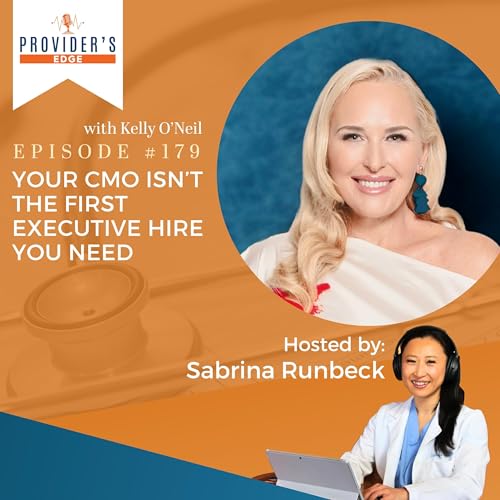If you’ve ever thought, “I need to be more ready before I pitch,” this episode is your wake-up call.
In this live panel from the Venture Vitality Roundtable, you’ll hear from four powerhouse women who are reshaping startup capital—from DFX funding strategies to investor readiness, go-to-market scaling, and how to avoid founder burnout.
We’re talking real traction, real funding conversations, and the new rules of storytelling that convert.
This isn’t just another panel—this is a masterclass in becoming 100% compelling, even when you’re not “fully ready.”
Learn (What You’ll Take Away)
✅ The 5 ecosystem layers every founder must optimize to scale sustainably
✅ How the bar for investor readiness has shifted in today’s venture climate
✅ What investors actually want to hear in early-stage pitches
✅ Why female founders should stop over-explaining and start boldly asking
✅ How to pitch for capital without burning out or sacrificing clarity
As women in HealthTech and BioTech, we often hold ourselves back, thinking we need to be perfect before we’re persuasive. But readiness isn’t about checking every box—it’s about showing up with conviction, clarity, and confidence.
This conversation will remind you that you are your company’s most valuable asset—and that being compelling is a strategy, not a personality trait.
Timestamps:
00:03:10 - Alice Liao on scaling from zero to exit and the realities of building globally
00:04:15 - Jennifer Jeronimo on Gaingel’s mission for accessible and diverse venture capital
00:07:32 - Archita Fritz on preparing founders for private equity exits and sustainable growth
00:09:43 - Sabrina joins the panel: shifting from chasing funding to attracting the right capital
00:14:41 - How investor readiness has evolved in the current venture landscape
00:17:36 - The new pre-revenue signals investors look for
00:21:30 - Common fundraising myths that hold women back
00:26:34 - Final reflections and episode wrap-up
🎧 Related Episodes You’ll Love
📍 Ep 171 – Why Founders Fail When They Ignore This with Monica McKitterick
📍 Ep 170 – From Implementation to Optimization: Never Lose a Client Again Ep 170 with Sandra Johnson
📍 Ep 169 – How AgeTech Startups Win Hospital Trust With Wound-Care Pilots Ep 169 with Amy Cassata
✅Here are 3 ways we can support you right now:
🎤 Be a Featured Guest on the Provider’s Edge
Have traction and a story to share? Apply to join us on the show: PulsePointPath.com/Call-Sabrina
📊 Ready to turn your pitch into a magnet?
Send us your draft, let me rewrite it for you 👉 PitchToYes.com
🎯 Get You In Front of Investors
We match you with the most aligned investors and decision-makers who care about your niche already. Apply at CapitalEngine.vc
 33 分
33 分 2025/11/1232 分
2025/11/1232 分 30 分
30 分 37 分
37 分 25 分
25 分 2025/10/1528 分
2025/10/1528 分 31 分
31 分 24 分
24 分

